Wanling Ancient Town (万灵古镇), formerly known as Lukong Town, is a picturesque town in the outskirts of Chongqing, China. Nestled along the banks of the Laixi River and surrounded by rolling hills in the northeast, this town is a gem that has earned itself the affectionate nickname “Little Mountain City.” Its history is rich and its origins are steeped in folklore, making it a captivating destination for travelers seeking a glimpse of China’s past.
Wanling Ancient Town owes its name to a fascinating local legend. According to the tale, during the Ming Dynasty, a monk named Zeng Ao embarked on a journey that led him to the town’s stunning scenery. He decided that this serene spot was ideal for spiritual practice and decided to construct a temple here. What makes this story remarkable is the discovery of six stone holes on the hillside that seemed to connect with the Laixi River. Curious, Zeng Ao filled these holes with rice husks and observed as they mysteriously resurfaced from the river. This phenomenon led to the naming of the river as “Six Hole River” and subsequently “Lukong River.”
Table of Contents
- Location and Transportation
- Highlights of Wanling Ancient Town
- Vlog about Wanling Ancient Town
- A Brief History of Wanling Ancient Town
- Useful Tips Summarized from Reviews
- Other Ancient Towns in Chongqing
Basic Information
| Estimated Length of Tour | 1 day |
| Ticket Price | Free |
| Opening Hours | 9.00 – 18.00 |
| Telephone Number | 0086-023-46219128 |
Location and Transportation
Wanling Ancient Town is located in the eastern part of Rongchang District, Chongqing, China. It is situated approximately 12 kilometers from the center of Rongchang and covers an expansive area of 24 square kilometers.
To get to Wanling Ancient Town, you can take a train from Chongqing North Station or Chengdu East Station to Rongchang North Station. From there, you can easily find direct shuttle buses that will take you straight to Wanling Ancient Town.
Highlights of Wanling Ancient Town
The Four Grand Gates
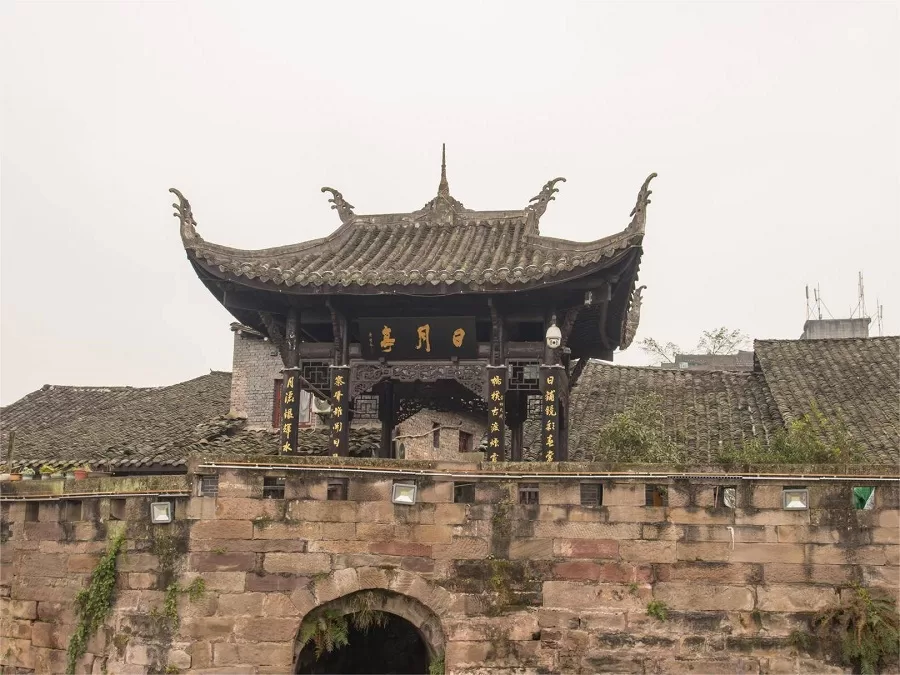
For defense purposes in ancient times, Wanling Ancient Town had four gates: Taiping Gate in the east, symbolizing “peace and prosperity for all”; Shizi Gate in the west, the best-preserved gate in Darong Fortress; Hengsheng Gate in the south, signifying success in both officialdom and commerce; and Riyue Gate in the north.
Tuowan Wharf
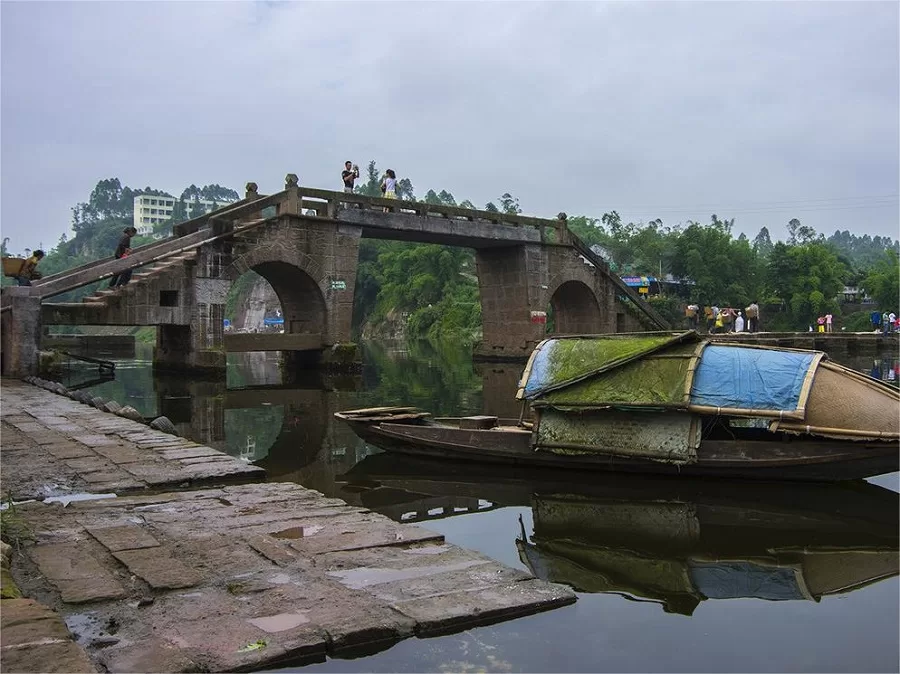
Tuowan Wharf has a history dating back to 998 AD and has gone through countless damages, renovations, and expansions, but it generally retains its original appearance. During the Southern Song Dynasty, honey, royal jelly, and pollen – tribute items and beauty products for the imperial court, produced in Wanling – were shipped from Tuowan Wharf downstream along the Laixi River to the capital, Lin’an, offering contributions to the court.
Huguang Guild Hall

Huguang Guild Hall was built by immigrants from Huguang province in the ninth year of the Jiaqing reign. It served as a gathering place for fellow provincials and is divided into five sections: the main hall housing a statue of Emperor Yu, meeting rooms, side chambers, a theater, and a courtyard for various cultural and entertainment activities.
Zhao Family Ancestral Temple

The Zhao Family Ancestral Temple was established by Zhao clan members 60 years after they arrived in Wanling in 1804. It was later reconstructed in 1908. The temple, with its four sections and three courtyards, is used for clan gatherings, family discussions, and ancestral worship. The architecture features intricate designs, including carved beams and painted columns, stone engravings, and a distinctive roof style, capturing the cultural essence of the Qing Dynasty immigrants.
Yanyu Lane (Misty Rain Lane)
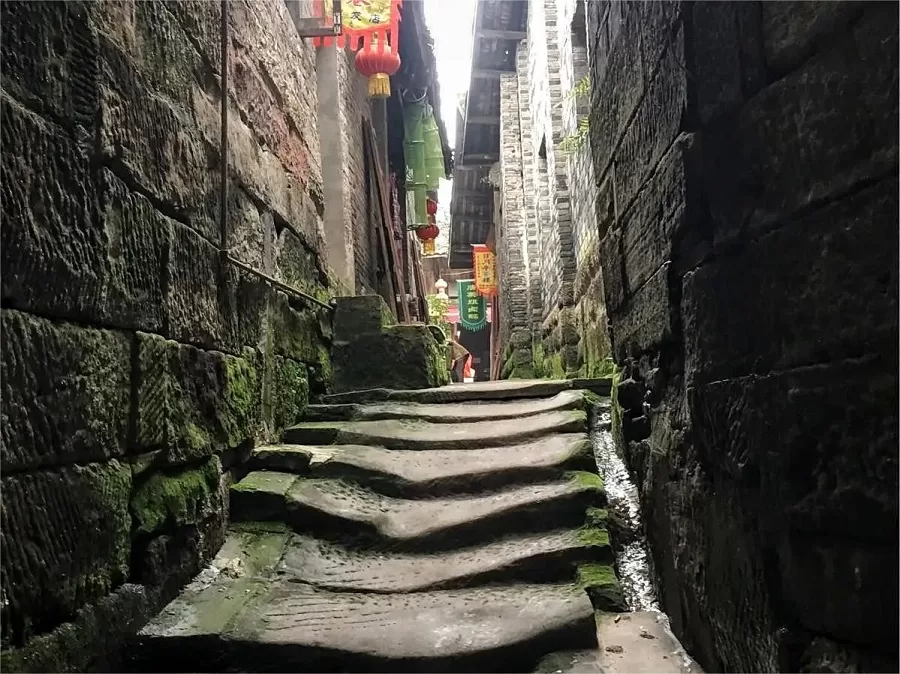
Yanyu Lane is situated within the Riyue Gate of Darong Fortress. The lane, with its tall and narrow passageways, appears almost like a stripe. During rainy and misty weather, it transforms into a picturesque scene reminiscent of the misty landscapes of the southern regions, earning it the name “Yanyu” or “Misty Rain” Lane. In 2011, Yanyu Lane was recognized as the most beautiful alley in Chongqing.
Vlog about Wanling Ancient Town
A Brief History of Wanling Ancient Town
During the Southern Song Dynasty, Wanling gained prominence due to its role as a waterway terminal for transporting honey and other tribute items to the imperial court. The town became a hub for the distribution of government funds, grain, and weaponry. To accommodate the merchants and travelers passing through, the authorities constructed inns and shops along the riverside.
In the Qing Dynasty, immigrants from other provinces settled in Wanling. To facilitate communication and interaction among these newcomers, they pooled their resources to build a guild hall and the “Yuwang Palace,” dedicated to the legendary figure Emperor Yu. In 1800, in response to the threat of the White Lotus Rebellion from the east, the local gentry and residents expanded the foundation of the old riverside into the present-day Darong Fortress. Over two centuries, Darong Fortress has undergone transformation, but it still retains its ancient charm with centuries-old banyan trees adorning the city walls and vestiges of colorful patterns.
Useful Tips Summarized from Reviews
Cost of Living: The town offers a budget-friendly atmosphere with meals averaging around 20 yuan per person. Additionally, there are plenty of local snacks available, providing visitors with various dining options at affordable prices.
Recreational Activities at the Reservoir: The reservoir in Wanling Ancient Town serves as a popular spot for swimming. Many people change into swimwear upon arrival, equipped with swimming floats. It’s a free and enjoyable activity for cooling off during the hot weather. The water is described as clear and pleasant for swimming. Visitors can bring their own flip-flops for added convenience.
Cultural Performances at the Huaguang Club: The Huaguang Guild Hall hosts traditional Sichuan Opera performances from 3:00 PM to 5:00 PM. Entrance tickets are priced at 10 yuan, providing an opportunity for visitors to experience the rich cultural heritage of the region through performances of Sichuan Opera.

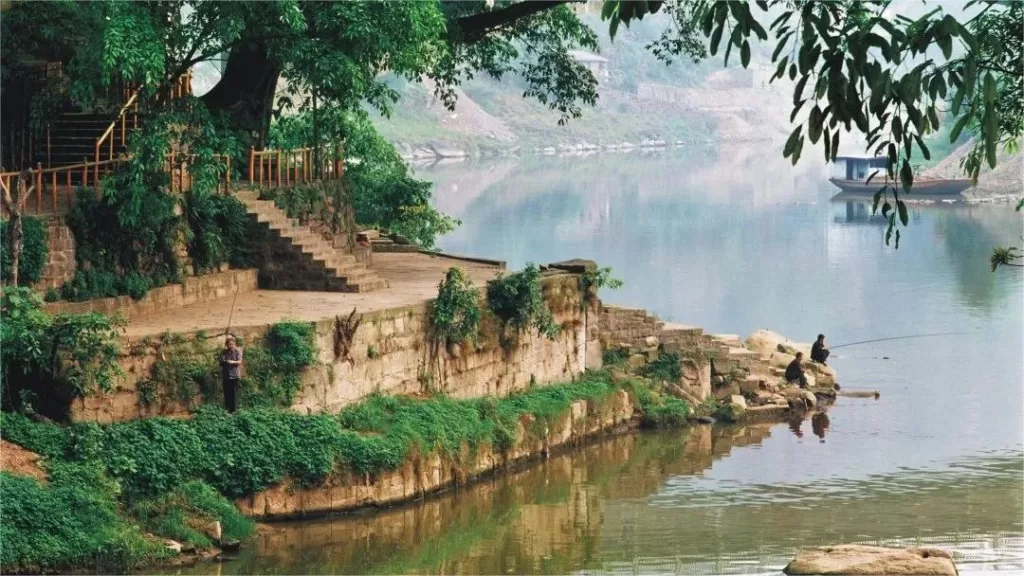

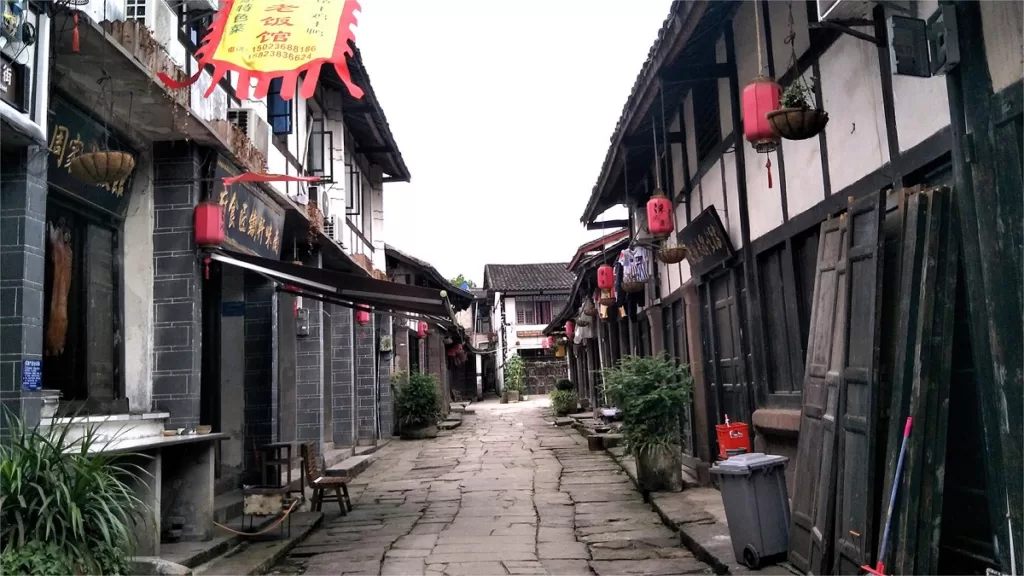

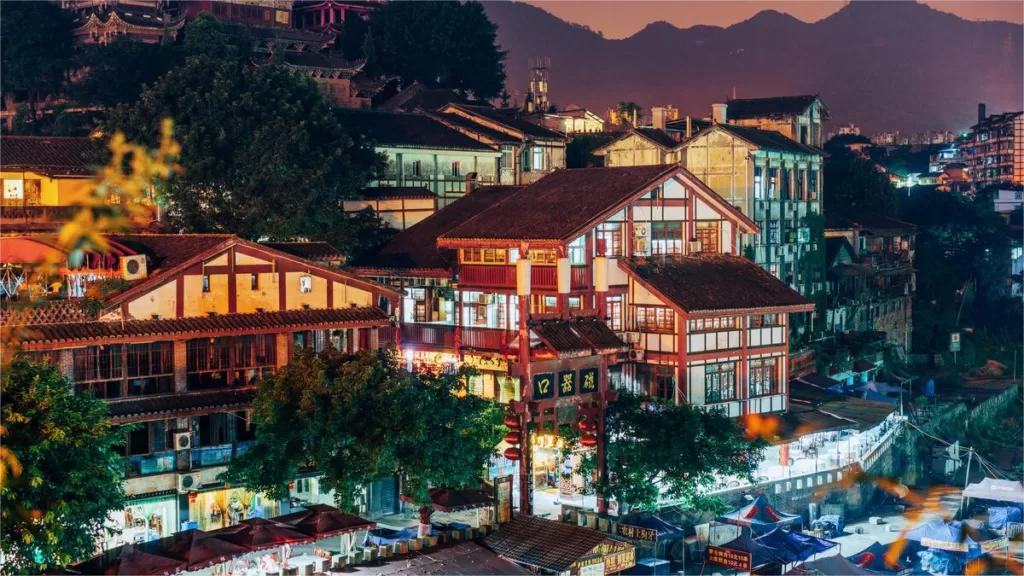
0 Comment